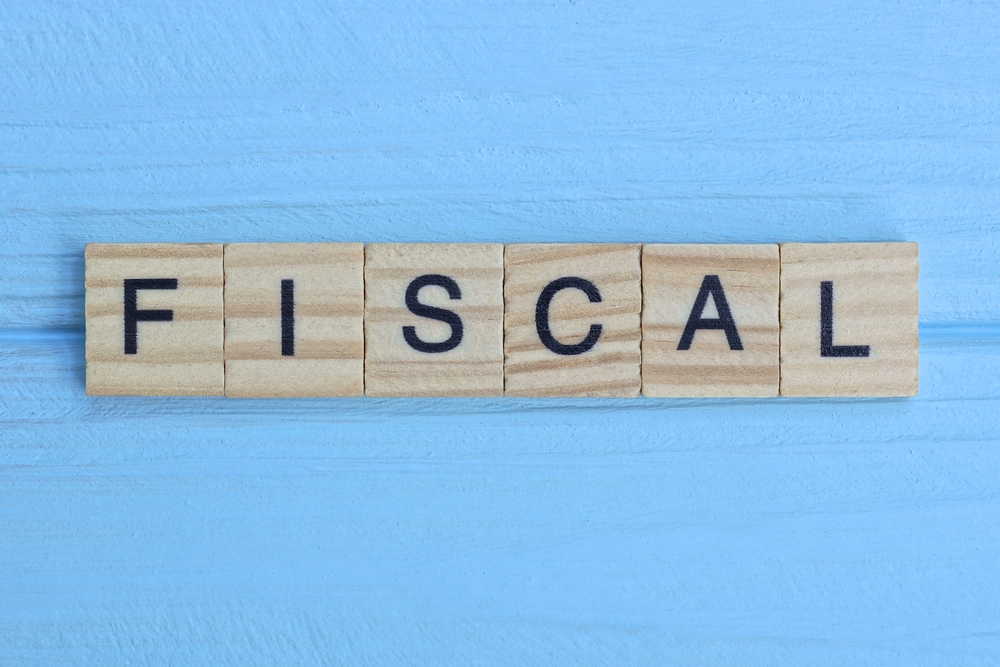
Monetary Policy & Inflation | US

Monetary Policy & Inflation | US
This article is only available to Macro Hive subscribers. Sign-up to receive world-class macro analysis with a daily curated newsletter, podcast, original content from award-winning researchers, cross market strategy, equity insights, trade ideas, crypto flow frameworks, academic paper summaries, explanation and analysis of market-moving events, community investor chat room, and more.
Relative to GDP, the pandemic budget deficits were the largest since the 1960s (Chart 1). In line with the strong recovery, the budget deficit fell sharply in 2021-22 but has since widened.
The CBO just updated its deficit projections. It expects the FY2024 (ending 30 September 2024) deficit to fall by 1ppt of GDP, largely due to higher revenues from postponed tax payments in FY2023 (Table 1). This implies limited actual improvement in the deficit during FY2023-24. The CBO expects the budget deficit to return to above 6% in FY2025.
On a cyclically adjusted basis, fiscal policy will remain loose in FY2024. The IMF expects a small decrease in the 2024 cyclically adjusted deficit, which would still be one of the largest outside a recession (Chart 2).
The data shows no obvious, simple relationship between budget deficit and inflation (Chart 3). For instance, inflation fell sharply during the early 1980s despite the budget deficit widening sharply. Conversely, inflation accelerated in 2021-22 despite the budget deficit contracting sharply.
This could be because the budget balance (in effect the government savings investment balance) reflects demand pressures in only one sector of the economy. Other sectors’ savings investment balances can offset – or add to – the government-generated demand pressures.
Since mid-2022, the widening of the budget deficit has been offset by an improvement in the household sector’s savings investment balance. That is, household savings have increased by about 1ppt of GDP, and investment decreased by 0.5ppt of GDP. Meanwhile, the business savings investment balance has remained roughly unchanged.
The sum of domestic sectors savings investment balances is equal to the current account (through the accounting identities Y=C+I+G+X-M=C+S+T). The current account deficit and inflation tend to move together since they both reflect demand pressures (though the current account can change structurally if, for instance, a country becomes a net energy exporter as the US did from the late 2000s).
Ahead, disinflation could continue without fiscal consolidation if household and business savings investment balances do not worsen. That is, any rise in private investment would have to come with a commensurate increase in savings.
This seems plausible since the household savings rate is historically low, largely due to households offsetting their loss of real income through a decrease in their savings rate. As inflation falls and household real income recovers, their savings rate will likely rise.
Similarly, pre-pandemic business sector savings investment balance tended to be structurally positive, compared with currently zero. Balances are therefore more likely to turn positive than negative.
In March 2023, I argued that the decline in the public debt to GDP ratio reflected the unexpected nature of inflation and increase in nominal GDP. I expected the gap between nominal GDP growth and yields to narrow and the ratio to recover.
Debt dynamics progressed roughly as I expected. Nominal GDP growth has fallen, while long-term yields have increased. This is partly due to a recovery in the term premium, which reflects concerns over bond supply. Debt dynamics are worsening as shown, for instance, by the rise in the debt-GDP ratio and share of interest rate expenditures (Charts 5 and 6).
That said, as the holder of the world currency and one of the few countries to offer yields, the US faces a soft budget constraint. Also, both Republicans and Democrats have repeatedly agreed on large budget balances. Debt dynamics must worsen to motivate politicians to enforce budget consolidation.
Fiscal policy will likely remain loose but need not impede Fed easing.
I continue to expect no cut in March. Rather, I expect a May/June cut. To cut, the Fed would likely require continued disinflation, core services PCE and wage growth on a downward trend, and GDP growth nearer the long-term trend of 2% than the current 3.4% displayed by the Atlanta Fed nowcast. These conditions will more likely be met in June than May. That is why I see a June cut as more likely than a May one, in line with market pricing.
Spring sale - Prime Membership only £3 for 3 months! Get trade ideas and macro insights now
Your subscription has been successfully canceled.
Discount Applied - Your subscription has now updated with Coupon and from next payment Discount will be applied.